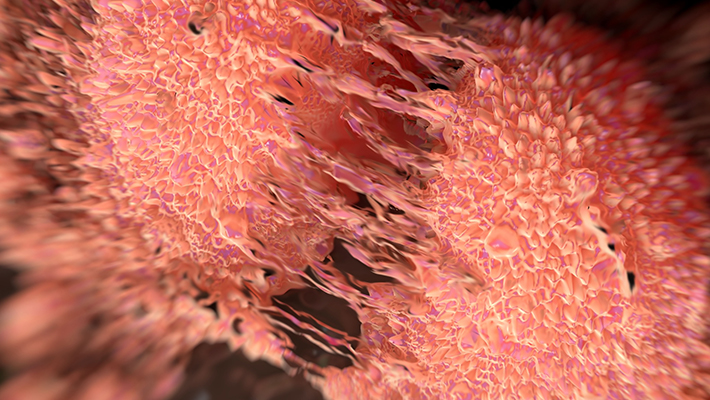Prevent the early onset of debilitating diseases and premature death from a smoking habit. Knowing the effects of smoking will help you make informed decisions and take action to kick the habit.
wiredhealthconference.com gathered essential information about how smoking adversely affects your overall health and can lead to catastrophic results in the long term.
How Addictive is Smoking

Nicotine releases dopamine in the same regions of the brain as other addictive substances. It causes nearly immediate mood alterations that make the person temporarily feel good. Inhaled smoke delivers nicotine to the brain within seconds, which makes it very addictive. This addiction is comparable to that of opioids, alcohol, and cocaine.
Common Effects of Smoking
Cancer – Smoking causes or significantly contributes to most types of lung cancer. It can cause cancerous cells to develop almost anywhere on or in the body. This includes the following:
- Skin
- Lips
- Mouth
- Nose
- Esophagus
- Stomach
- Throat (Tongue, Soft Palate, and Tonsils)
- Voice Box
- Liver
- Kidney
- Pancreas
- Bladder
- Bone
- Blood
- Cervix
- Vulva
- Colon
- Penis
- Anus
Chronic Respiratory Conditions – Smoking is the principal cause of chronic obstructive pulmonary disease (COPD), a severe, progressive, and disabling condition that restricts airflow in the lungs. Smoking also worsens asthma symptoms and is associated with an increased occurrence of asthma in both adolescents and adults.
Infections – Smoking severely debilitates the immune system, so you will be more likely to contract bacterial and viral infections.
Dental Problems – Smoking significantly increase the risk of gum diseases, tooth decay, tooth loss, and tooth sensitivity. Once a person has gum damage, smoking makes it more challenging for their gums to heal.
Heart Disease, Stroke, and Impaired Blood Circulation – Smoking is a significant cause of cardiovascular disease, such as heart disease, heart failure, and stroke. Smoking increases the risk of blood clots, which block blood flow to the heart, brain, lungs, or legs. Some smokers end up having their limbs amputated due to reduced blood circulation caused by smoking.
Hearing Loss – Smoking restricts blood flow to the inner ear. Smokers may also lose their hearing earlier in life than a non-smoker.
Vision Loss – Smoking significantly damages the eyes and can quickly lead to macular degeneration.
Osteoporosis and Menopause – Smoking is a significant risk factor for osteoporosis and, in women, may result in the early onset of menopause as compared to a non-smoker.
Fertility Problems – Smoking can make it more challenging to impregnate or get pregnant and severely affect sperm quality. For pregnant women, smoking can adversely affect a baby’s health before and after birth.
Smoking and Death

According to the Centers for Disease Control (CDC), Cigarette smoking is the leading cause of preventable death in the United States. Smoking causes more deaths each year than the following causes combined:
- Human immunodeficiency virus (HIV)
- Illegal drug use/abuse
- Alcohol use/abuse
- Motor vehicle fatalities
- Firearm-related incidents
Smoking causes about 90% (or 9 out of 10) of all lung cancer deaths, and more women die from lung cancer each year than from breast cancer.
Cigarette smoking increases the risk of death from all potential causes in both men and women. The risk of dying from cigarette smoking has increased dramatically over the last 50 years in the U.S.
Smoking Addiction
Smoking cigarettes or using any other tobacco product can cause a nearly immediate nicotine addiction. Nicotine is highly addictive, so even infrequent or occasional use can lead to complete dependence. It is also possible for smoking cessation products, like nicotine gum, lozenges, or patches, to cause nicotine addiction. However, this risk is significantly lower.
Note: Within seconds of your first drag, the toxic chemical components in tobacco smoke reach your brain, heart, and other organs. Smoking harms nearly every part of your body and significantly increases your risk of numerous diseases. Smoking also affects your appearance, state of mind, your finances, and your loved ones.
Quitting Smoking
Quitting smoking is one of the most important actions people can take to improve their health. This is true regardless of their age or how long they have been smoking. Visit any one of the following for guidance and encouragement:
- cdc.gov/tobacco/campaign/tips/quit-smoking/index.html
- mayoclinic.org/healthy-lifestyle/quit-smoking/in-depth/nicotine-craving/art-20045454
- samhsa.gov/find-help/national-helpline
- smokefree.gov
Note: As with quitting any other addiction, you will experience good and difficult times. During those difficult times, it is imperative that you reach out to someone who understands your difficulties and will help you see them through.
Side Effects of a Smoking Habit
In this article, you discovered the effects and severe health risks that a smoking habit represents and essential resources to help you stop.
Quitting smoking has immediate and long-term health benefits that will help you combat the early onset of chronic diseases while significantly extending your lifespan.
Ignoring the need to stop smoking can exacerbate the formation of cancerous cells anywhere in the body, cause heart disease, heart failure, result in a stroke, cause chronic hypertension, or end in a fatal heart attack.
Sources:
health.gov.au/health-topics/smoking-and-tobacco/about-smoking-and-tobacco/what-are-the-effects-of-smoking-and-tobacco
cdc.gov/tobacco/data_statistics/fact_sheets/health_effects/effects_cig_smoking/index.htm
lung.org/quit-smoking/smoking-facts/health-effects/smoking
health.harvard.edu/newsletter_article/light-and-social-smoking-carry-cardiovascular-risks
mayo.edu/research/centers-programs/nicotine-research-program/about-nicotine-dependence/tobacco-related-diseases


